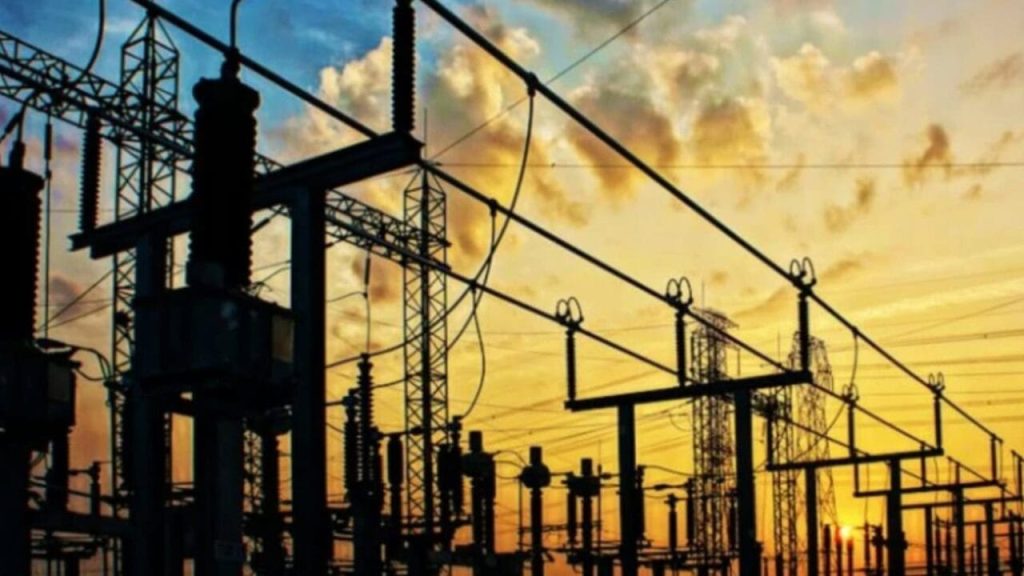A comprehensive World Bank report titled Industrial Energy Efficiency and Decarbonisation (EE & D) reveals transformative potential in five major Pakistani industrial sectors. By adopting affordable energy technologies and operational improvements, Pakistan could significantly reduce energy consumption, emissions, and operating costs ushering in a smarter, cleaner industrial future.
1. Textile: Unleashing Massive Energy Savings
The textile sector, especially dyeing and finishing plants, stands to gain the most. By leveraging energy-management systems, shifting to electric heating, applying circular economy practices, and integrating next-gen dyeing technologies, mills can reduce energy use by 50–60% and emissions by up to 13% without compromising productivity.
2. Cement: Capturing Heat for Cleaner Production
Many cement plants already use waste-heat recovery and alternative fuels. Scaling up these practices could further cut energy usage by 6–20% and carbon emissions by 3–35%, depending on the furnace type and fuel mix. The strategy is straightforward and cost-effective, turning industrial byproducts into power.
3. Fertilizer: Overcoming Gas-Dependence Barriers
The fertilizer industry in Pakistan relies heavily on subsidized natural gas, which has discouraged investment in efficiency. Removing this distortion could unlock savings through heat recovery, electrification, and modern control systems. Structural change here could yield major dividends in both cost and emission reductions.
4. Steel: More Efficiency in Electric Induction
Pakistan’s electric induction furnaces already offer efficiency, but further gains are possible. Upgrading processes and energy-management controls could deliver 8–10% in energy savings and 5–12% emission reductions. These improvements are well within reach using mature technologies.
5. Paper & Pulp: Tapping Growth with Green Methods
The paper and pulp industries, growing at over 7% annually, are energy-intensive and ripe for modernization. By upgrading boilers, installing efficient motors, implementing combined heat and power (CHP), adopting biomass or electric boilers, and recovering waste heat, firms could reduce energy use by 5–45% and emissions by 3–60%, depending on the scale of adoption.
Barriers: Why Change Isn’t Faster
Despite clear benefits, adoption remains low due to:
- Low awareness of financial and environmental benefits
- Limited access to finance and uncertain returns
- Policy gaps that don’t incentivize sustainable upgrades
- Technical constraints, especially in remote areas
Overcoming these barriers requires aligned government policy, industry leadership, and improved finance options.
A Roadmap to Transformation
To capitalize on this potential, policymakers and industry leaders should:
- Raise awareness through training and pilot projects
- Align energy pricing with real costs to discourage dirty energy
- Create finance channels like green bonds, ESCOs, or blended concessional loans
- Strengthen regulations to require minimum efficiency levels
- Support SMEs through technical assistance and standardized efficiency tools
Conclusion: Clean Industry as an Economic Imperative
Adopting these energy efficiency strategies could deliver lower costs, reduced emissions, and healthier competitiveness for Pakistan’s core industries. Supported by standard policies and financial innovation, these sectors can become beacons of sustainability propelling Pakistan toward cleaner growth and meeting climate goals.



Comments (0)
No comments yet. Be the first to comment!
Leave a Comment